Voigtländer Nokton 50mm f1.5 is another outstanding lens designed by Albrecht Wilhelm Tronnier and released with the Voigtländer ProminenT rangefinder camera in 1950. It is fast enough to allow shooting without additional light and sufficiently sharp to out-resolve the film. It is still well-regarded today and has even inspired a series of modern Nokton lenses – the legend lives on.
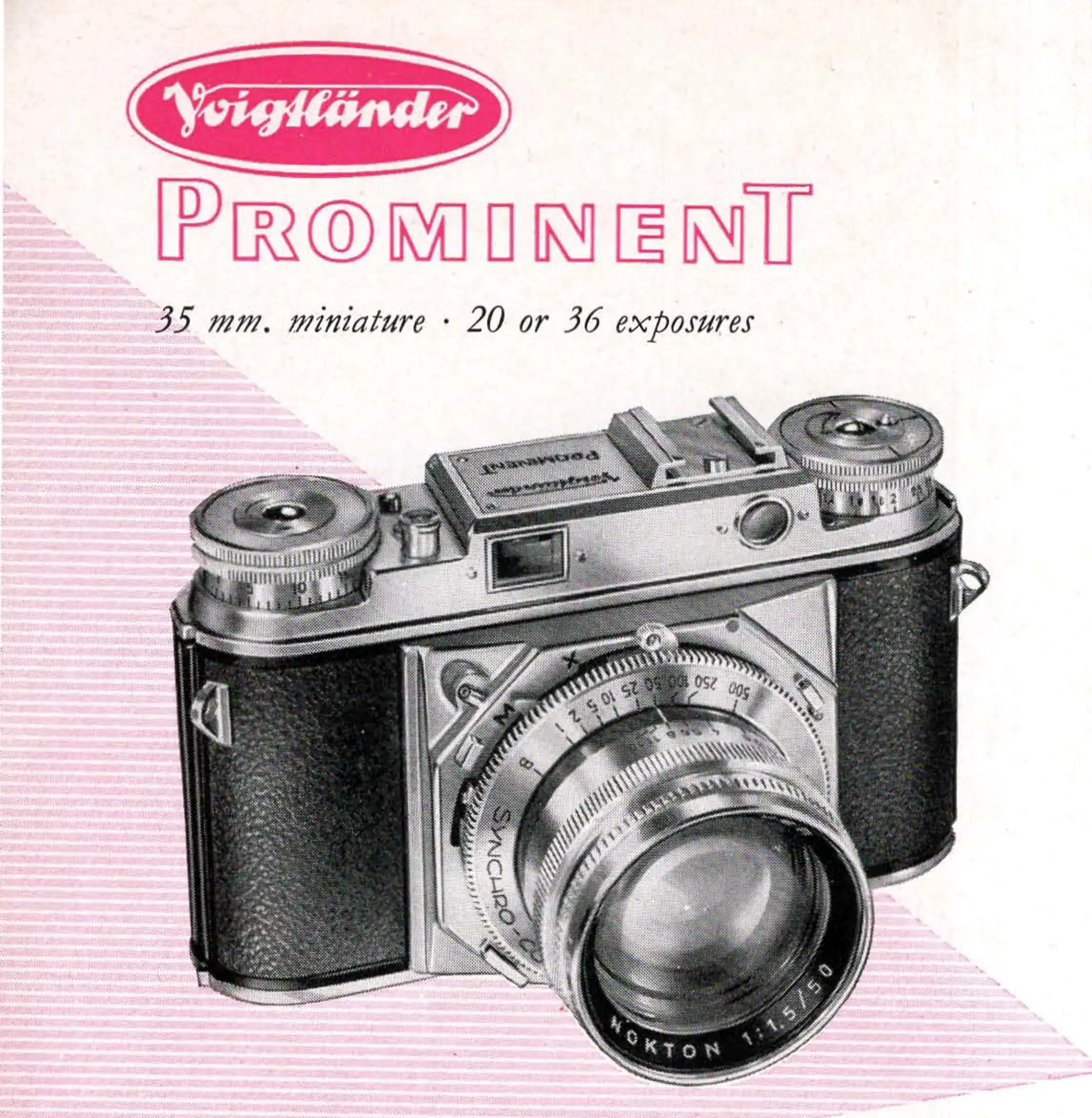
Why I bought it
The Voigtländer Nokton 50mm f1.5 attracted me because of its history. I briefly read about the Nokton when writing the Voigtländer Septon 50mm f2 review, which intrigued me. Some of you asked me how Septon compares to the Nokton 50mm f1.5, and I had no answer. I could only compare the Flickr photos, but I had no conclusive answers from firsthand experience, so I wanted to get my hands on it and try.
Then, one evening, while scrolling through eBay, I noticed a seemingly perfect example for a reasonable price, and as a bonus, it came with an adapter for no added cost. I could not let it slip away, so I snapped it up and did not regret that decision.

History
The current camera lens landscape is filled with many Nokt and Noct lenses – mainly made by Cosina, which currently licenses the Voigtlander brand and Nikon. Both associate the name with night; therefore, Nokt lenses typically have large apertures.
However, in 1950, fast lenses were rare, and Voigländer Nokton was the first Nokt* to start this trend.
Albrecht Wilhelm Tronnier was a renown lens designer from Germany. Before WW2, he was head of the scientific-mathematical office in Schneider Kreuznach. Since 1944, Tronnier has been Voigtländer’s scientific advisor in Braunschweig, where he developed and patented the Nokton in 1950 (US Patents 2,645,155 and 2,646,721).
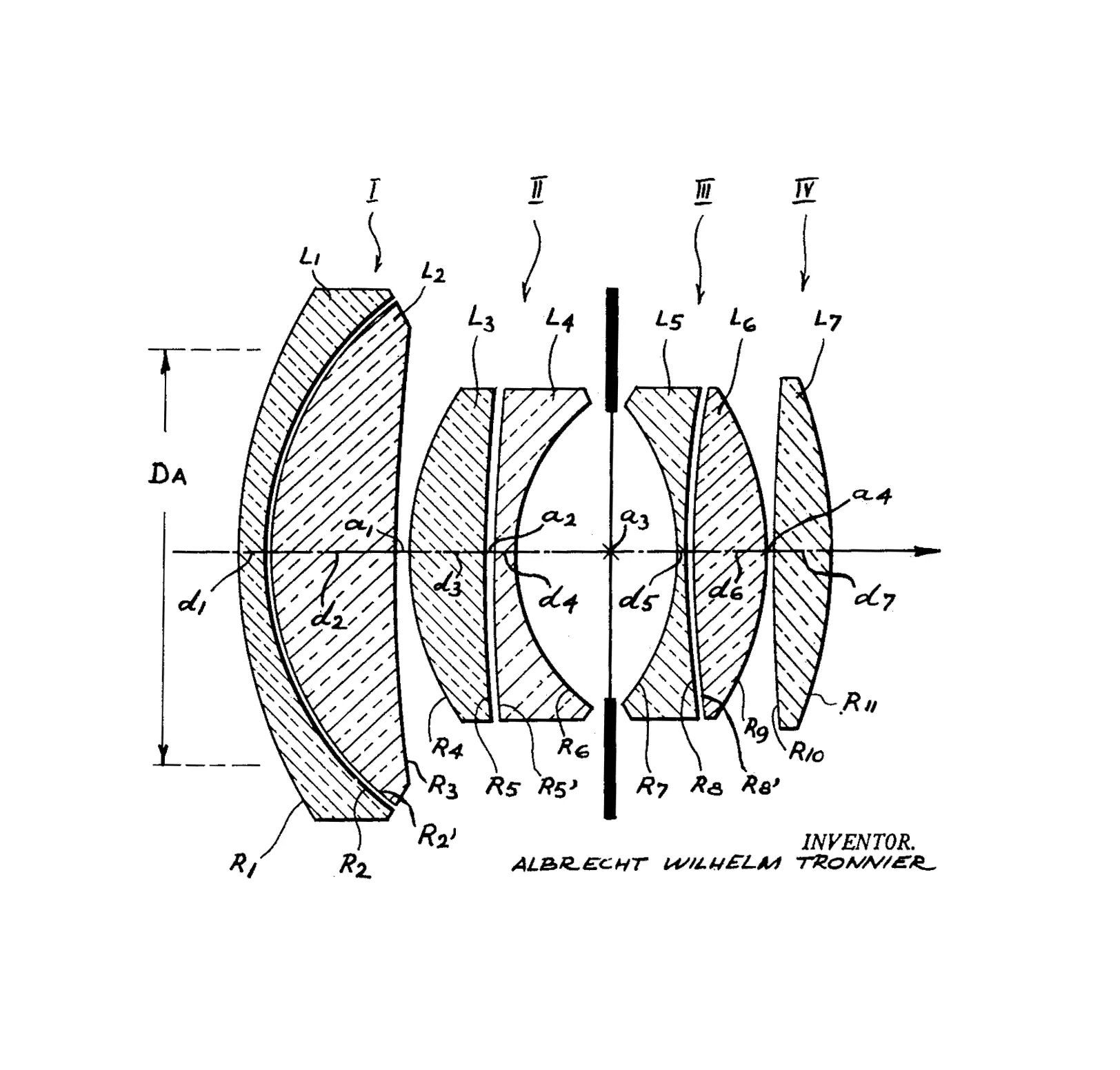
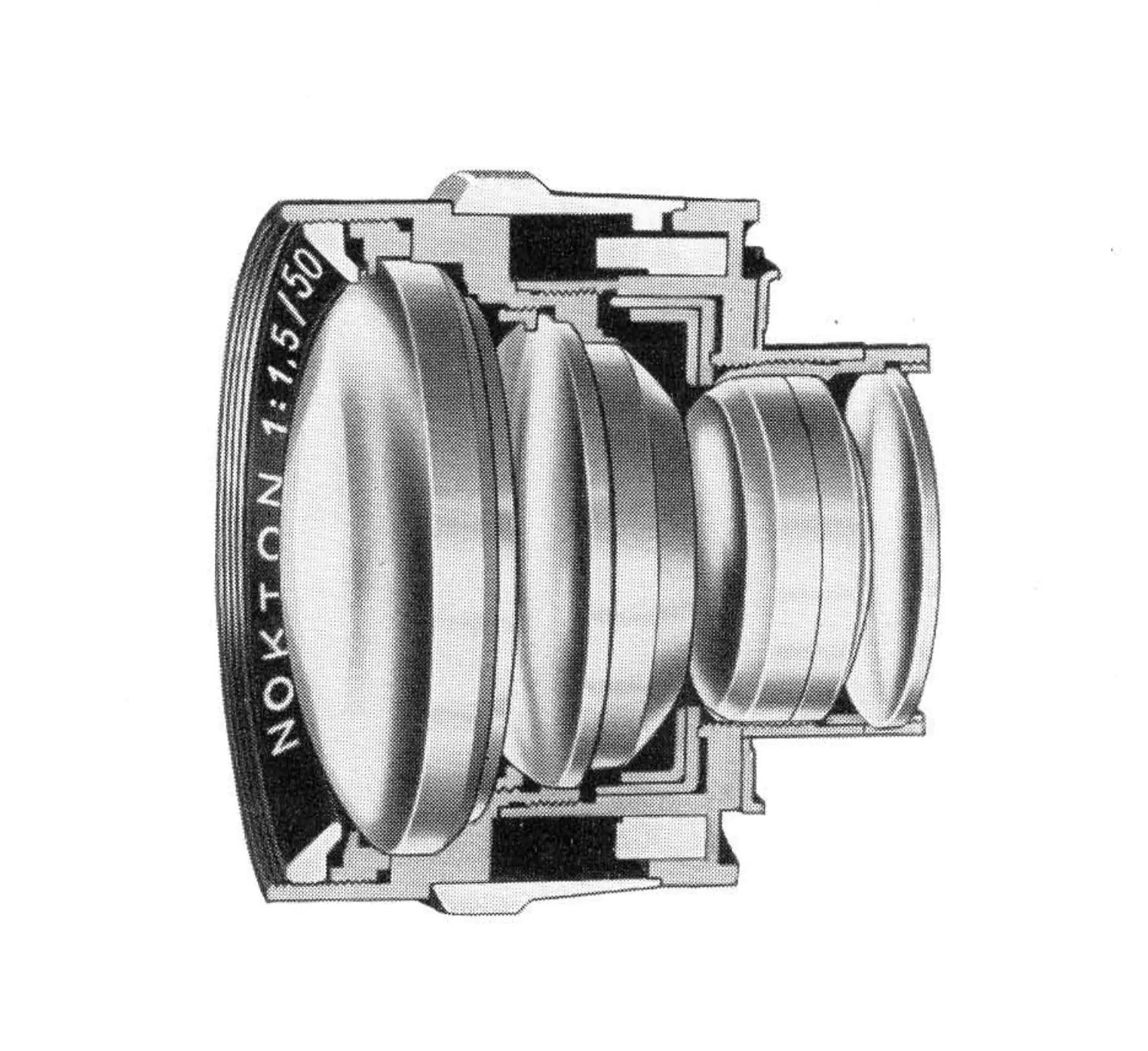
Comparing the Voigtländer Nokton 50mm f1.5 to the Septon 50mm f2
I am still waiting to run a head-to-head comparison with the same images taken by both lenses, but from what I can see in the pictures, the lenses are different. Septon appears to be more contrasty. Nokton is faster at f1.5, and Septon is only at f2. In terms of centre-of-frame sharpness, both are sharp. The bokeh of the Septon is smoother when wide open. I will have to do more varied shooting with them both to give more evidence to the claims.
Handling
Because the Nokton 50mm f1.5 lacks a focusing helicoid, the adaptor, not the lens, determines the focus function. The only aspect of user interaction with the lens is the aperture setting ring, which is lovely and tactile but not as smooth as other lenses of the time. The aperture clicks are also very ‘prominent‘ (see what I did there?).
Changing the aperture also requires holding the focus ring, as the whole lens wants to rotate; otherwise, if one-hand operation is needed, turn the aperture ring until the end of the focus range and then change the aperture when the focus stops. It could be more convenient – but it works.
One thing I particularly like is the size – the Nokton is tiny.
Radioactivity
What a surprise – Voigtländer Nokton 50mm f1.5 is a slightly radioactive lens! This totally unexpected for me. I usually measure all of my lenses for radioactivity, however, I was so convinced that this lens is NOT radioactive, due to the time period, and due to no noticeable yellowing of the elements. The only reason I found out that it is radioactive is because rolleiländer contacted me on instagram and asked me to measure the lens radioactivity for him. Thank you rolleiländer, this is a great contribution to the site.
Image quality
Images captured using the Voigtländer Nokton 50mm f1.5 are beautiful and have an aesthetic appeal. Even wide-open shots are sufficiently sharp for portraits, although the contrast is relatively low.
Stopped down to f2.8 – f4, the lens becomes more contrasty and sharp – perfect for any picture. I have carried the Voigtlander Nokton 50mm f1.5 on the camera for many months and on different trips. It’s an ideal walkaround lens.
Voigtländer Nokton 50mm f1.5 does have some drawbacks, but that is to be expected. After all, it was made in 1950, when photographic technology was still relatively young. None of the flaws are deal-breakers, and some make the Nokton what it is – an excellent example of a vintage lens with quirks and imperfections which ultimately help deliver enchanting images.
The chromatic aberration is apparent at the edges of the frame. See that birch tree trunk in the top left corner of the image against the sky?
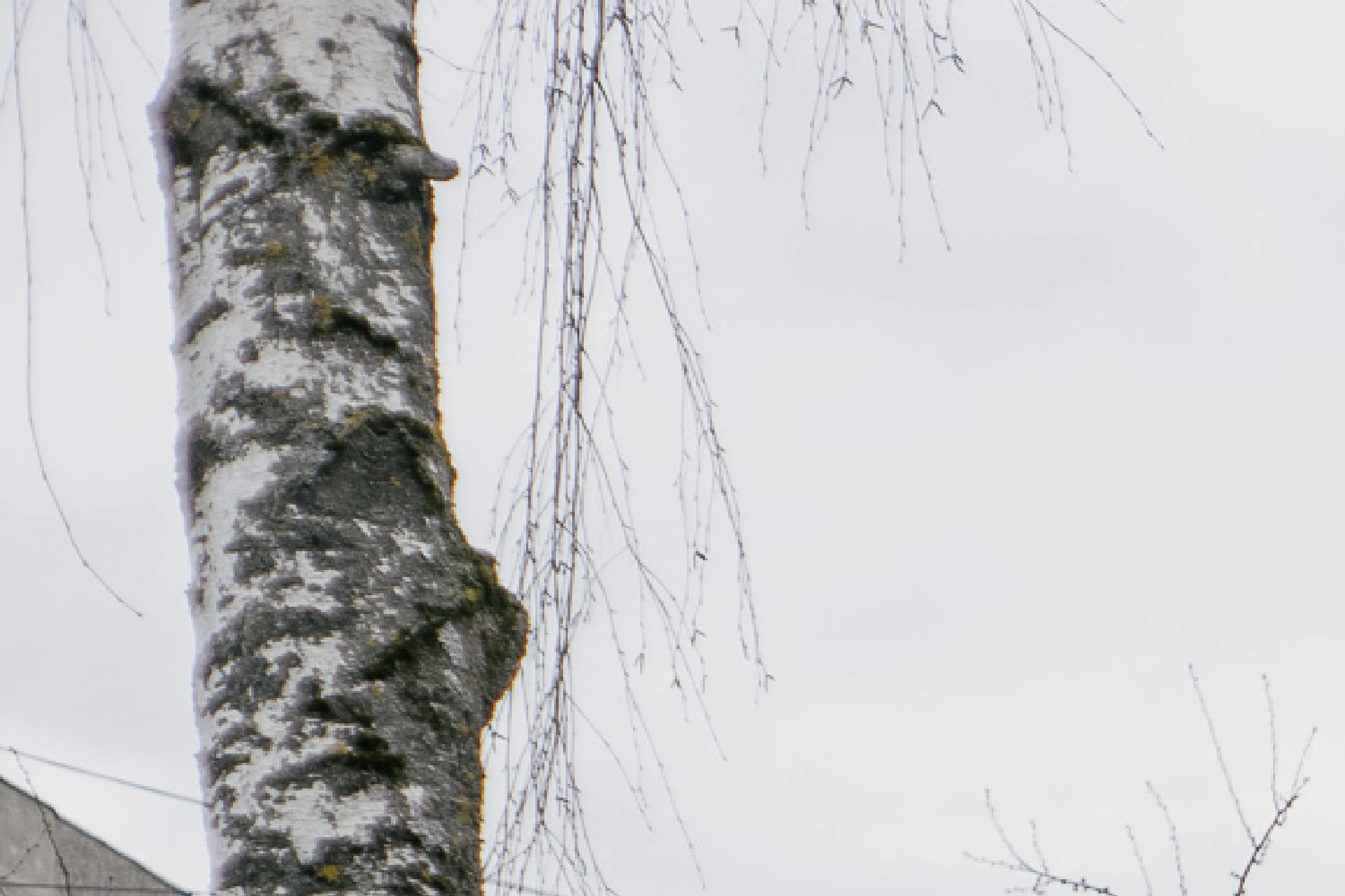
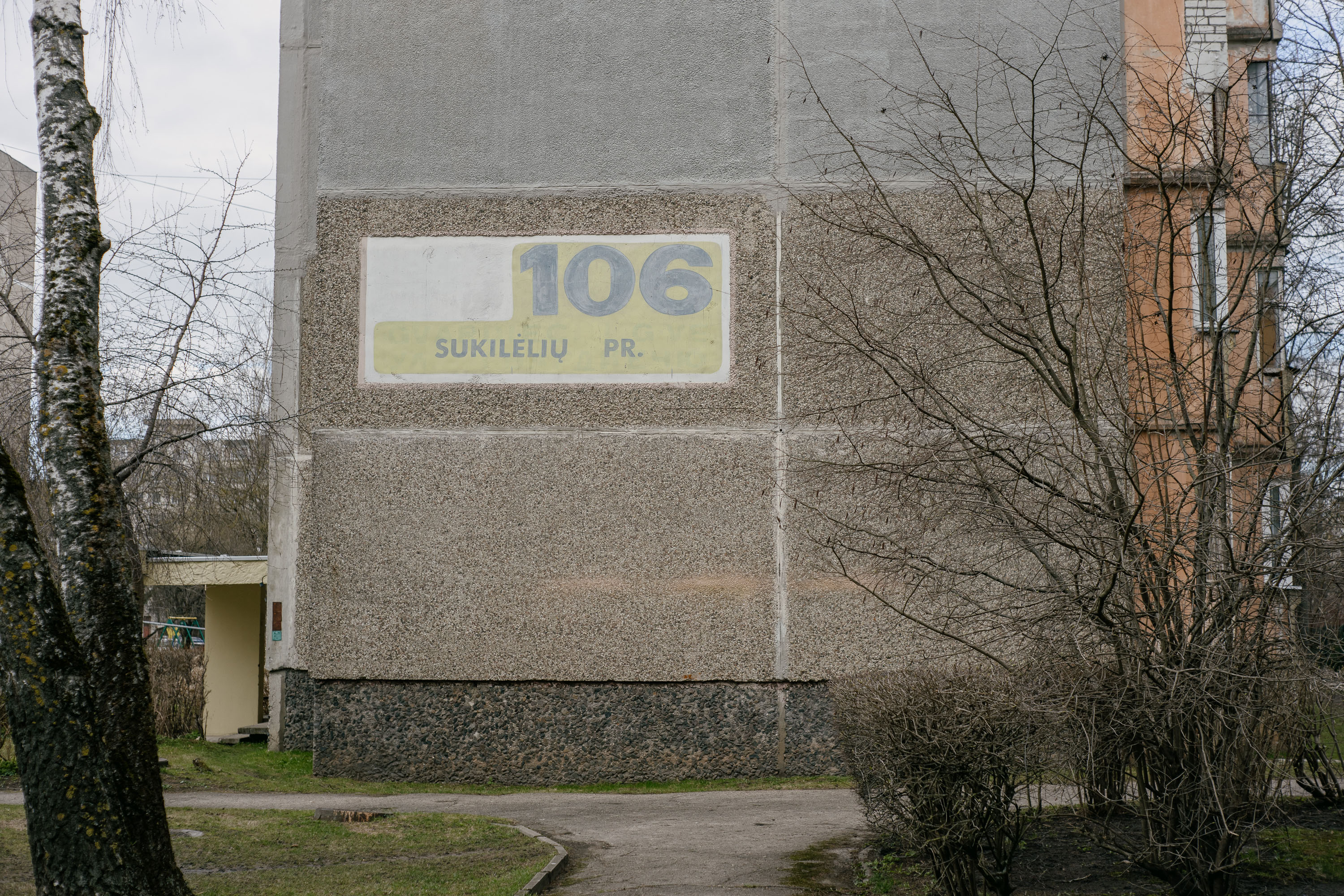
Due to the early coating technology, the flares are intense when shooting into the sun. They are quite pretty, though, and can utilised to achieve artistic scenes.
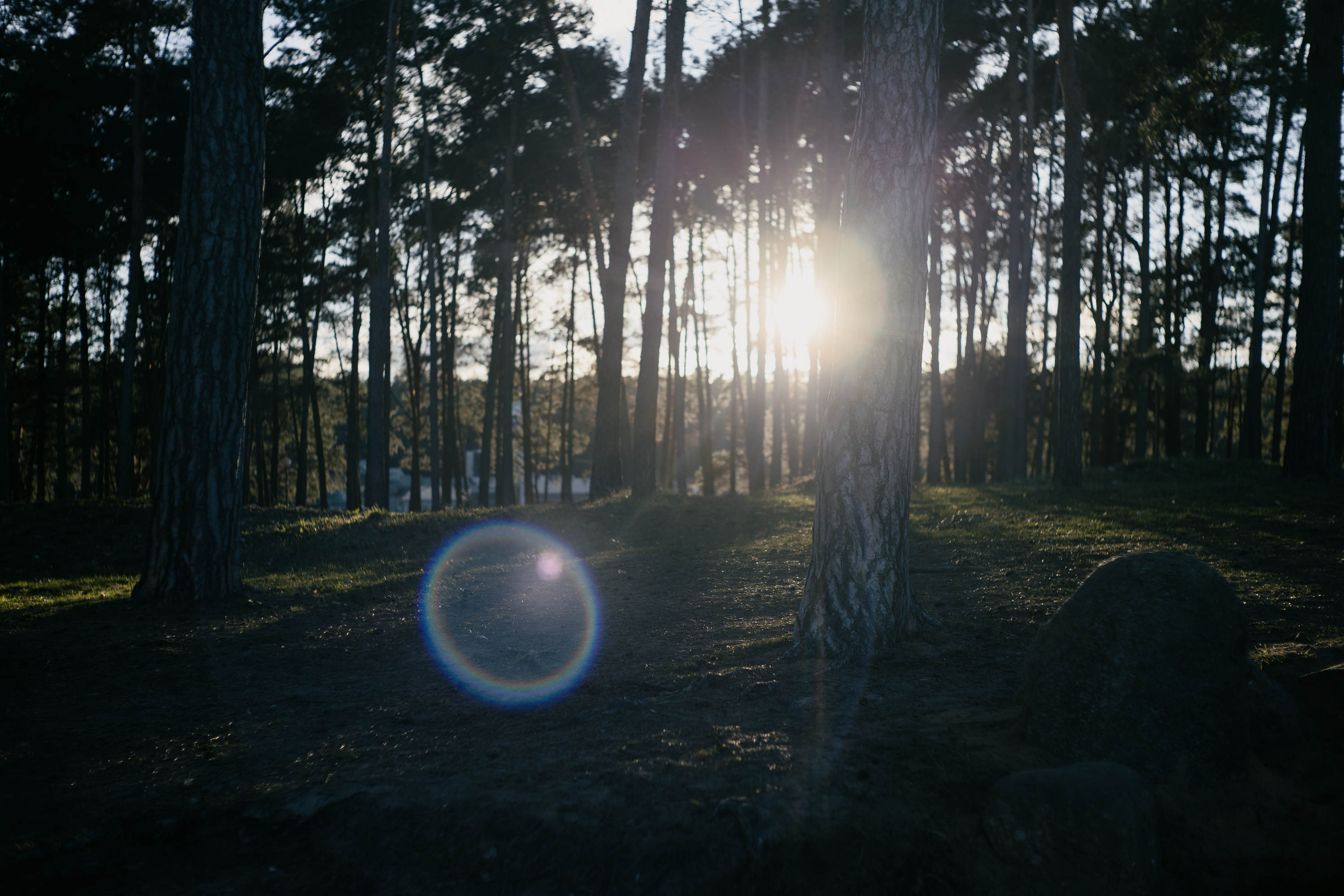
I also found the out-of-focus areas (bokeh) quite busy. While still separating the subject from the background, the background sometimes draws too much attention.
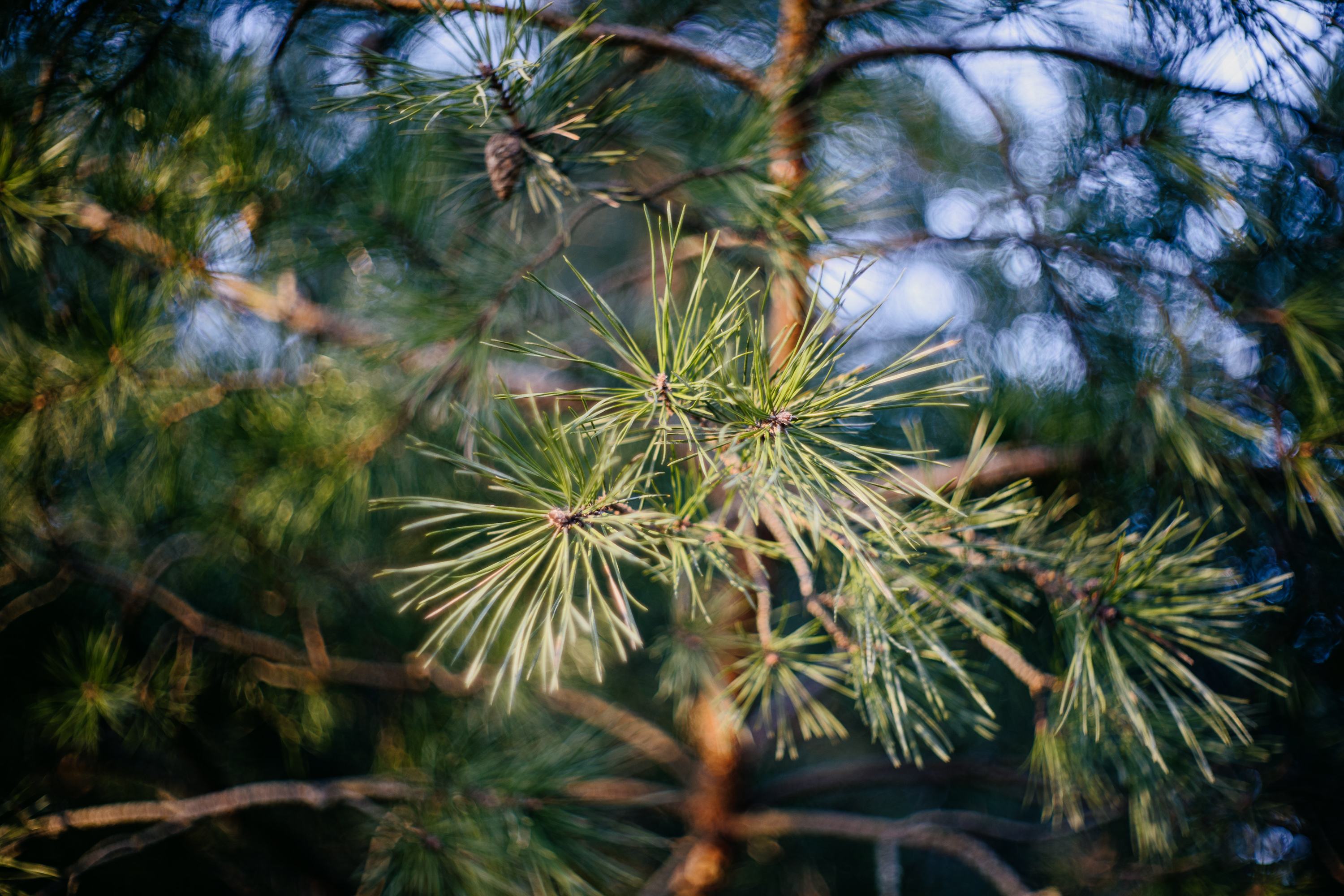
Overall, I found it particularly easy to shoot with the Nokton. The lens’s sharpness makes focusing straightforward, and focus peaking highlights the well-defined in-focus plane.
Build quality
Voigtländer Nokton 50mm f1.5 is beautiful lens built with metal and glass. Nothing rattles or feels loose. It is a solid lens built over 70 years ago, which works perfectly well. I hope my more modern lenses live that long and still work fine. The quality of the lens construction is unbelievable. I made some macro shots of the lens barrel and was amazed.
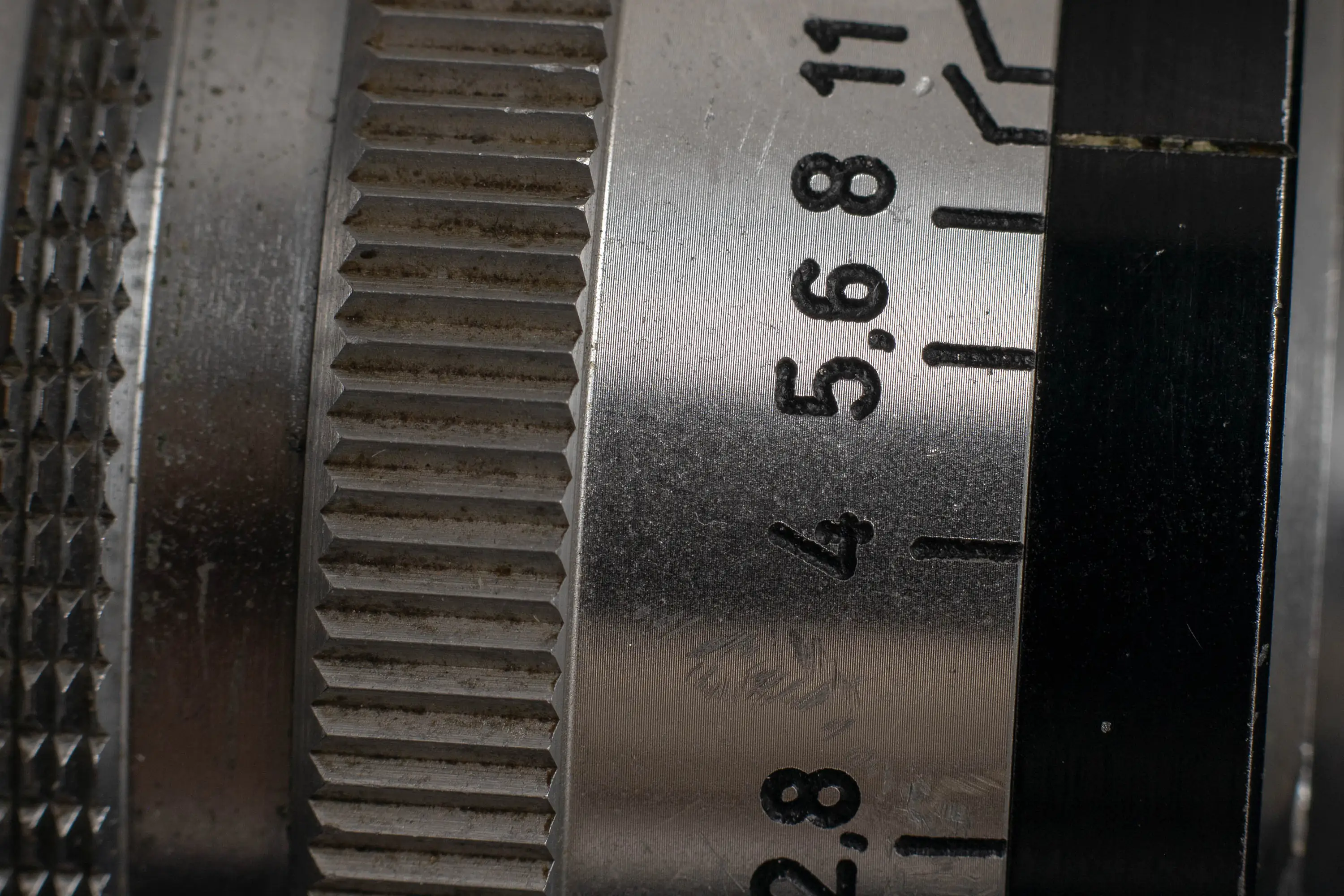
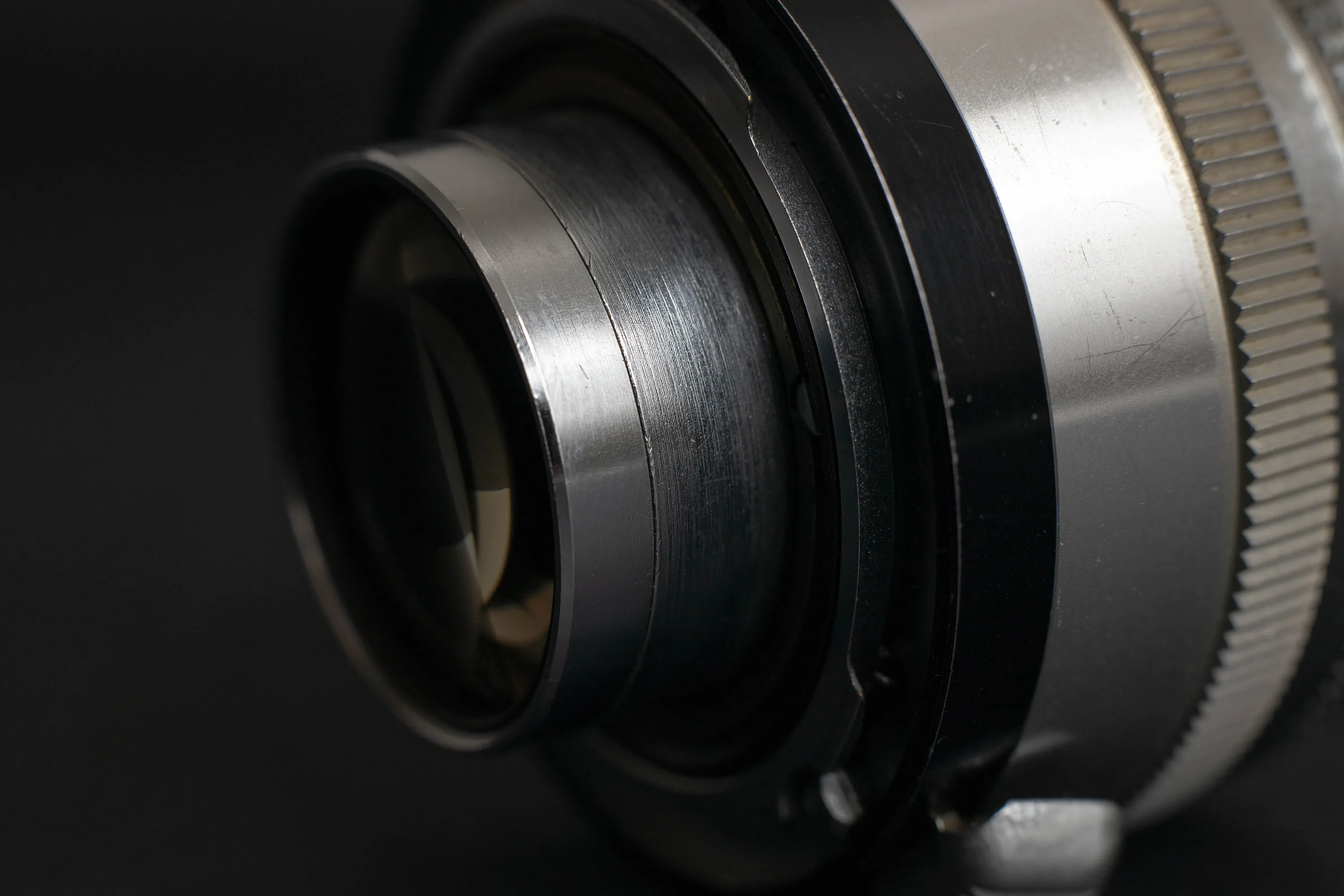
Voigtländer Nokton 50mm f1.5 versions and Specifications
There are three versions of this lens, but only the first one was manufactured by Voigtländer in Germany. From 1999 onwards, Cosina leased the Voigtländer brand and manufactured various Voigtänder-branded lenses in Japan.
Voigtländer Nokton 50mm f1.5
The original Prominent version released in 1950 is the subject of this review.
Focal Length 50mm
Aperture Ratio 1:1,5
Minimum Aperture F16
Lens construction: 7 elements in 5 groups in a 2-1-1 | 2-1 design
Aperture Blades 15
Angle of view 46.8°
Made in Germany
Radioactive Yes (Rear element)
Cosina Voigtländer NOKTON 50mm F1.5 Aspherical VM
The LTM version was released in 1999, and the VM version in 2013. Both versions have 6 elements / 5 groups in a 1-1-1 | 2-1 configuration with an aspherical glass element. Meanwhile, the Prominent did not use aspherical glass.
Focal Length 50 mm
Aperture Ratio 1:1,5
Minimum Aperture F16
Lens Construction 6 elements in 5 groups in a 1-1-1 | 2-1 design
Angle of View 46°
Aperture Blades 10
Minimum Focus 0,7 m
Maximum Diameter 53,8 mm
Length 45,7 mm
Mount M-Bayonet (VM), LTM
Weight 220g ~ 293 g (depending on model)
Filter Size 49 mm
Made in Japan
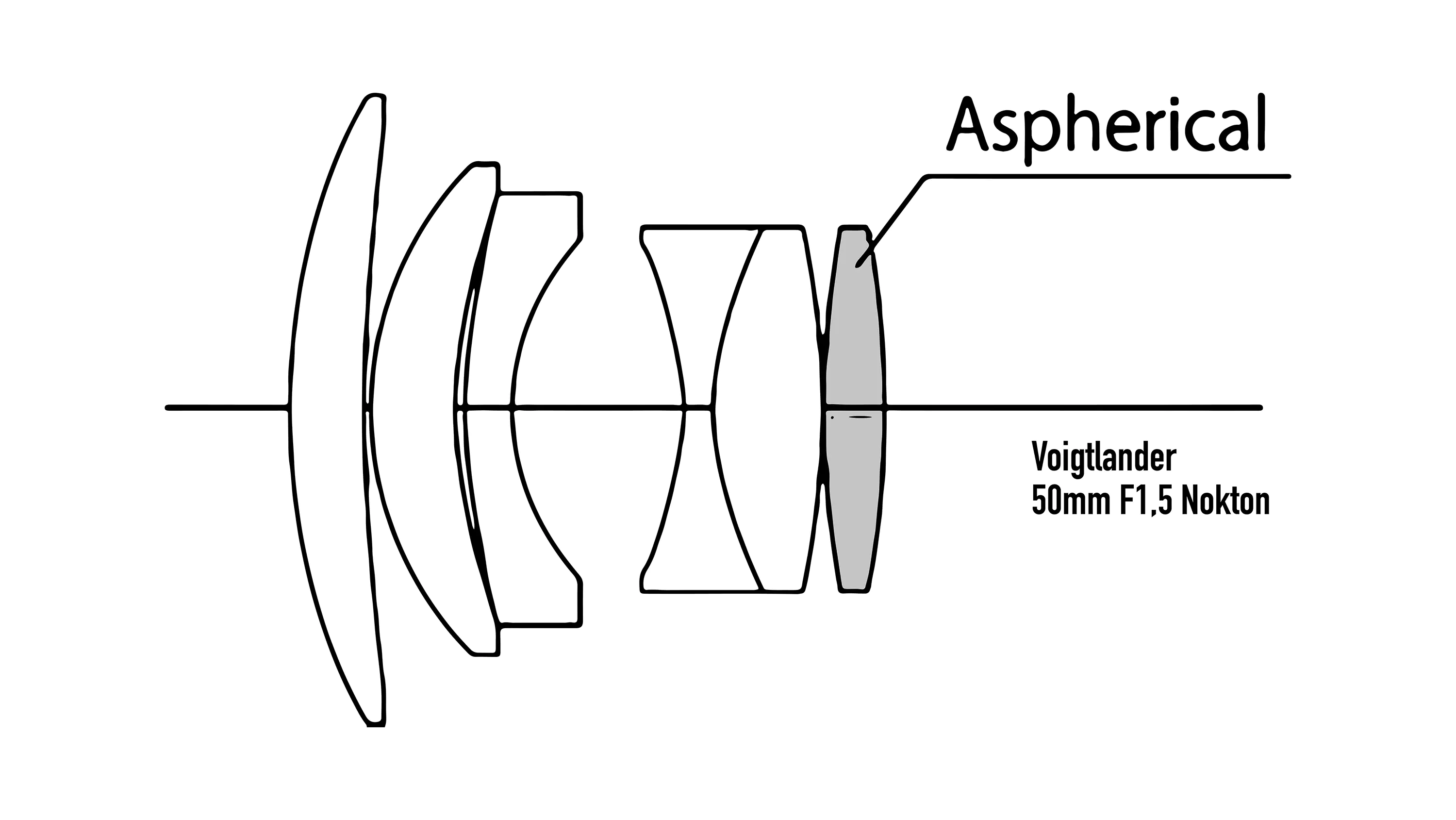
Cosina Voigtländer Nokton 50mm F1.5 Aspherical II VM
The Aspherical II version released in 2020 is so optically different from the original Prominent Nokton and the A and LTM versions that I consider them completely different lenses. The A-II is now an 8-element/7-group lens. There are two sub-versions – M.C. and S.C. – one is multicoated, and the other is single-coated.
Mount M-Bayonet (VM)
Focal Length 50 mm
Aperture Ratio 1:1,5
Minimum Aperture (F) 16
Lens Construction 8 elements in 7 groups in a 1-1-1-1 | 2-1-1 design
Angle of View 46,3°
Aperture Blades 12
Minimum Focus 0,7 m
Maximum Diameter 55,3 mm
Length 36,9 mm
Weight 198 g ~ 255 g (brass version)
Filter Size 43 mm
Made in Japan
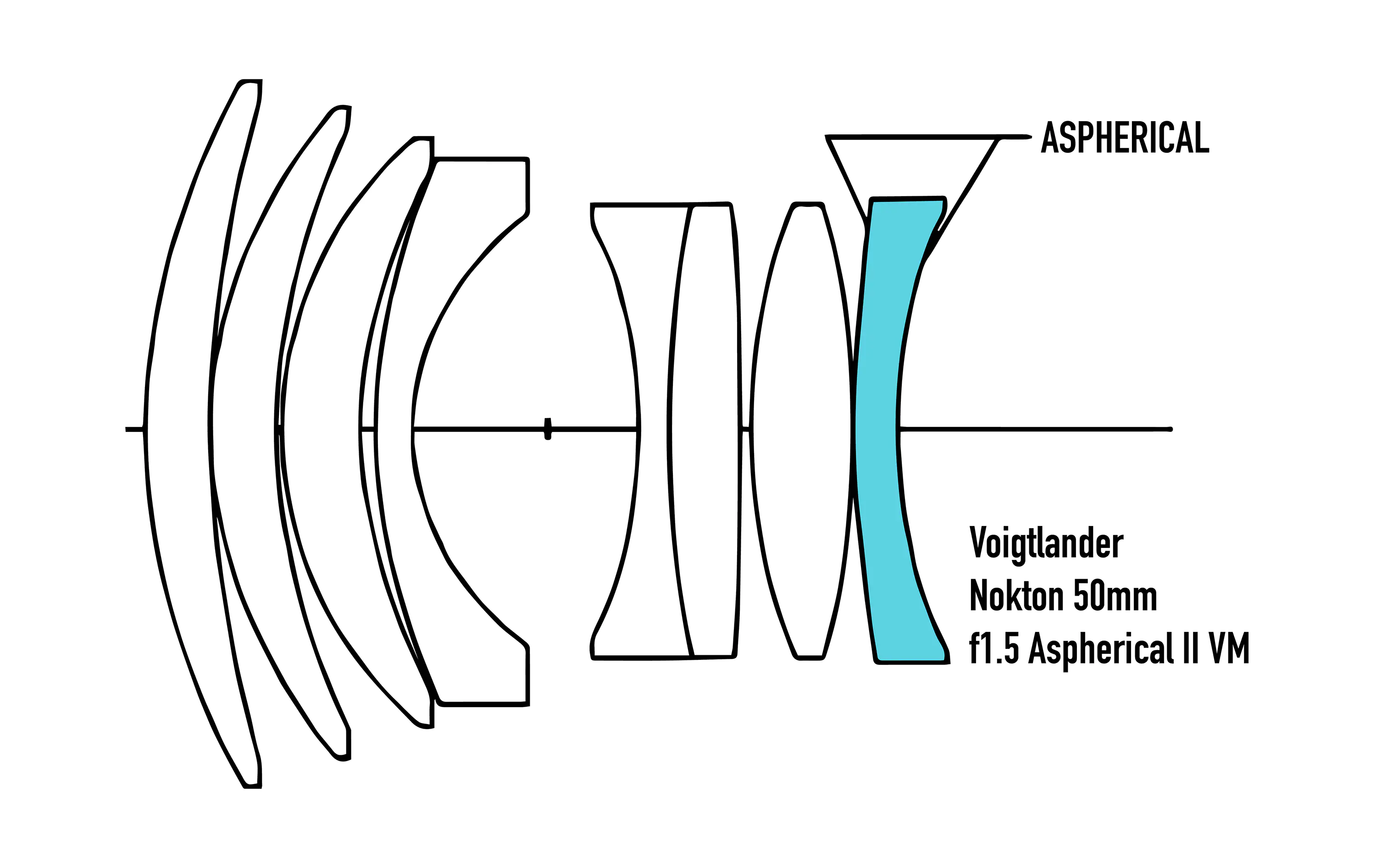
Adapting Voigtlander Nokton 50mm f1.5 to modern cameras
Voigtländer Nokton 50mm f1.5 does not have a focusing helicoid on the lens and is, therefore, challenging to adapt to modern cameras. I needed two adapters to adapt it to my Canon EOS R:
The Prominent mount to the Leica M focusing helicoid is a rare and expensive adapter. Luckily, mine was included with the lens, and I did not have to buy it separately. I saw some on eBay, but the cheapest I could find was over 130 euros.
The LM to EOS RF adapter from Haoge was inexpensive and easy to find. It is versatile and allows other Leica M-mount lenses to be used with the EOS R.
Due to the short flange distance, the Voigtländer Nokton 50mm f1.5 cannot be adapted to any SLR-type camera, limiting it to mirrorless cameras only.
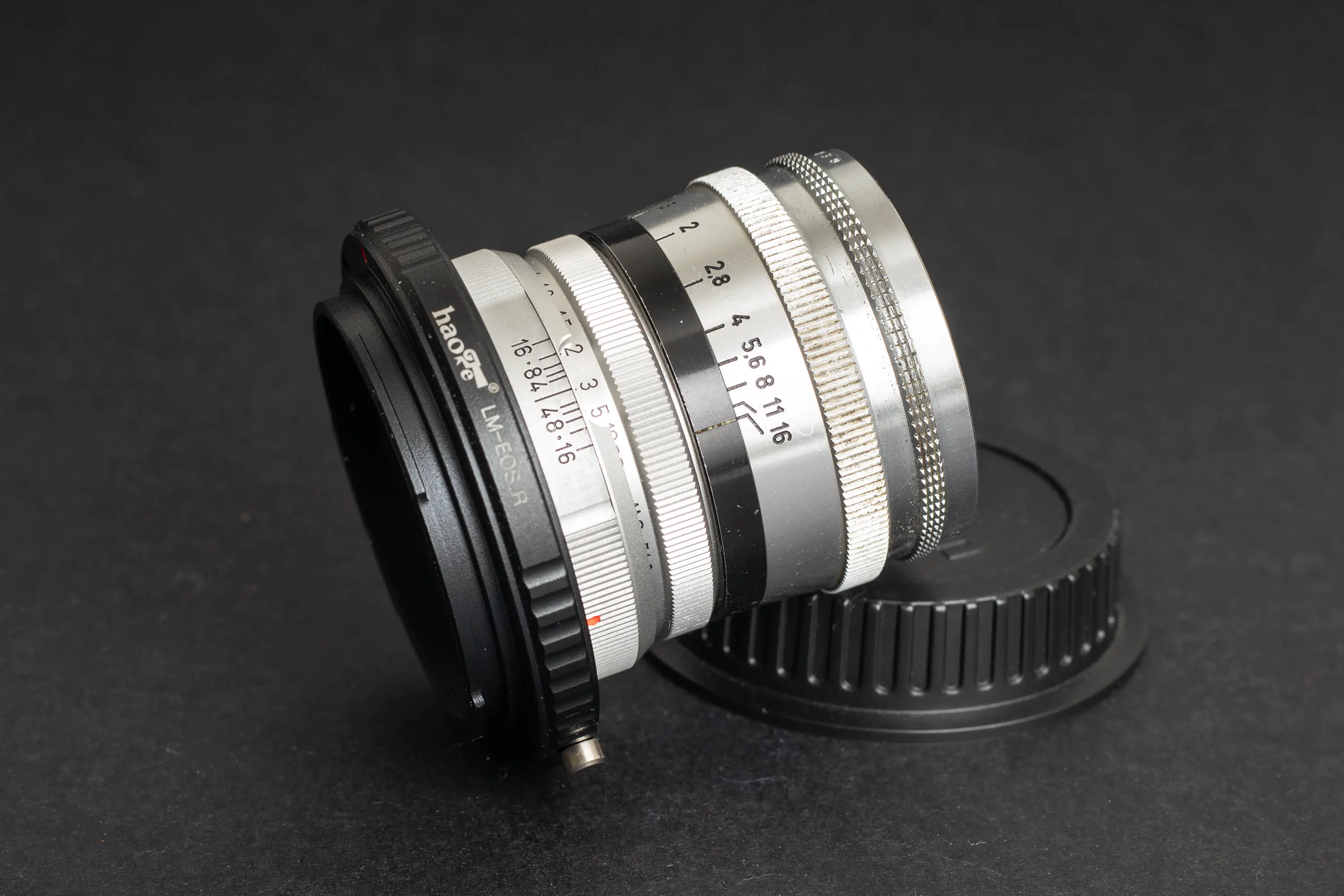
Pros
Exquisite build quality
Designed by A. W. Tronnier
Excellent optical performance for its time
Cons
Expensive
Intrusive bokeh
Strong flares
Difficult and expensive to adapt to modern cameras
Conclusion
Voigtländer Nokton 50mm f1.5 is a great lens – it has an excellent combination of rich history, rarity, and performance to attract vintage lens enthusiasts. However, the same factors drive prices up, making it exceedingly difficult to find this lens for a reasonable amount. I liked using this lens on my Canon EOS R for walks in the city. However, some shots turned out to be more challenging to get right. It does have a vintage feel and offers interesting imperfections that allow artistic photography. My rating is 4 out of 5, mainly due to the high price and sometimes unpredictable results. If only it cost a quarter of the price – it would be a 5.
Have you tried using the Nokton 50mm f1.5? How does it compare to your other lenses? Did I miss anything? Please let me know in the comments – they are very appreciated and keep me going.
Sample Images
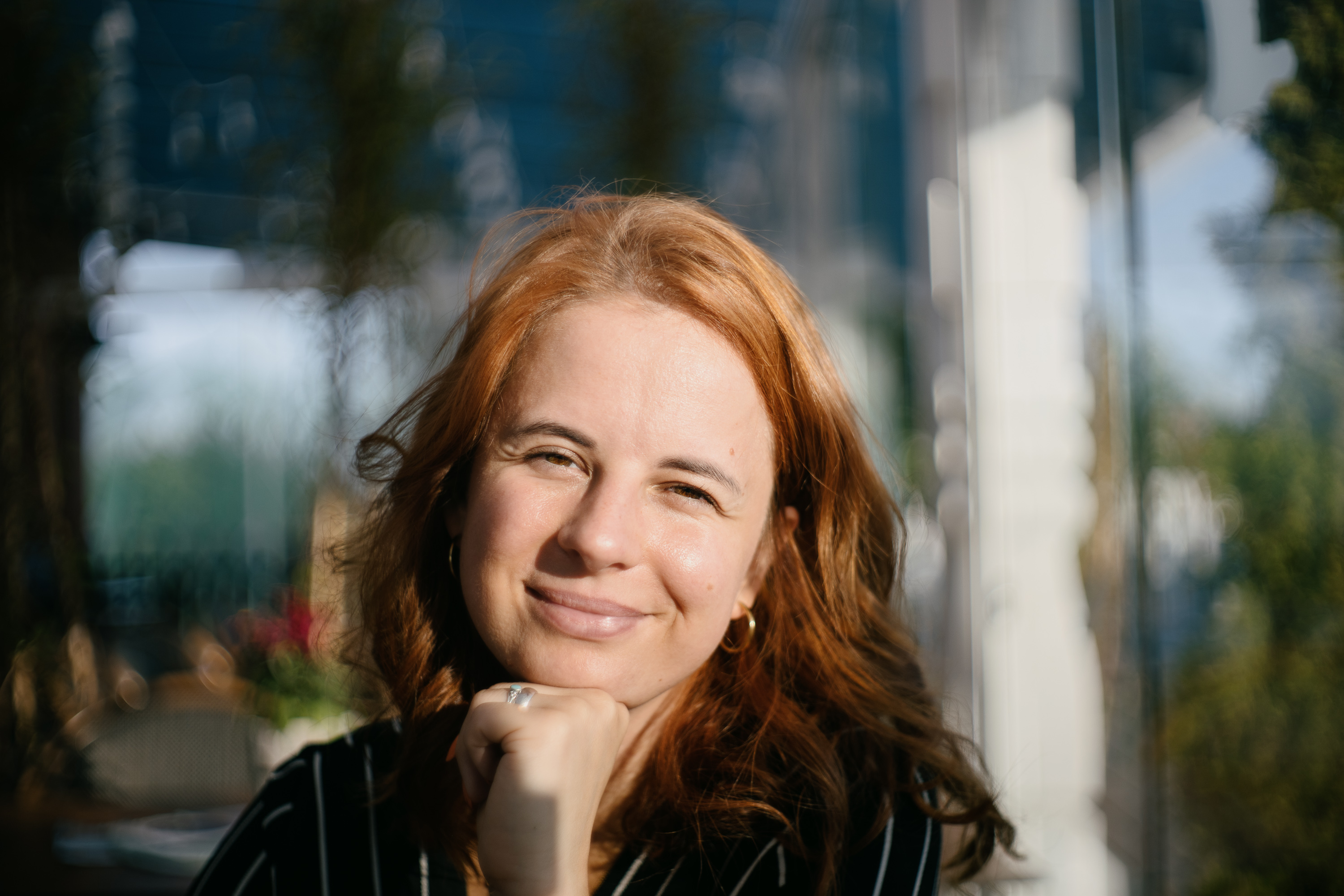
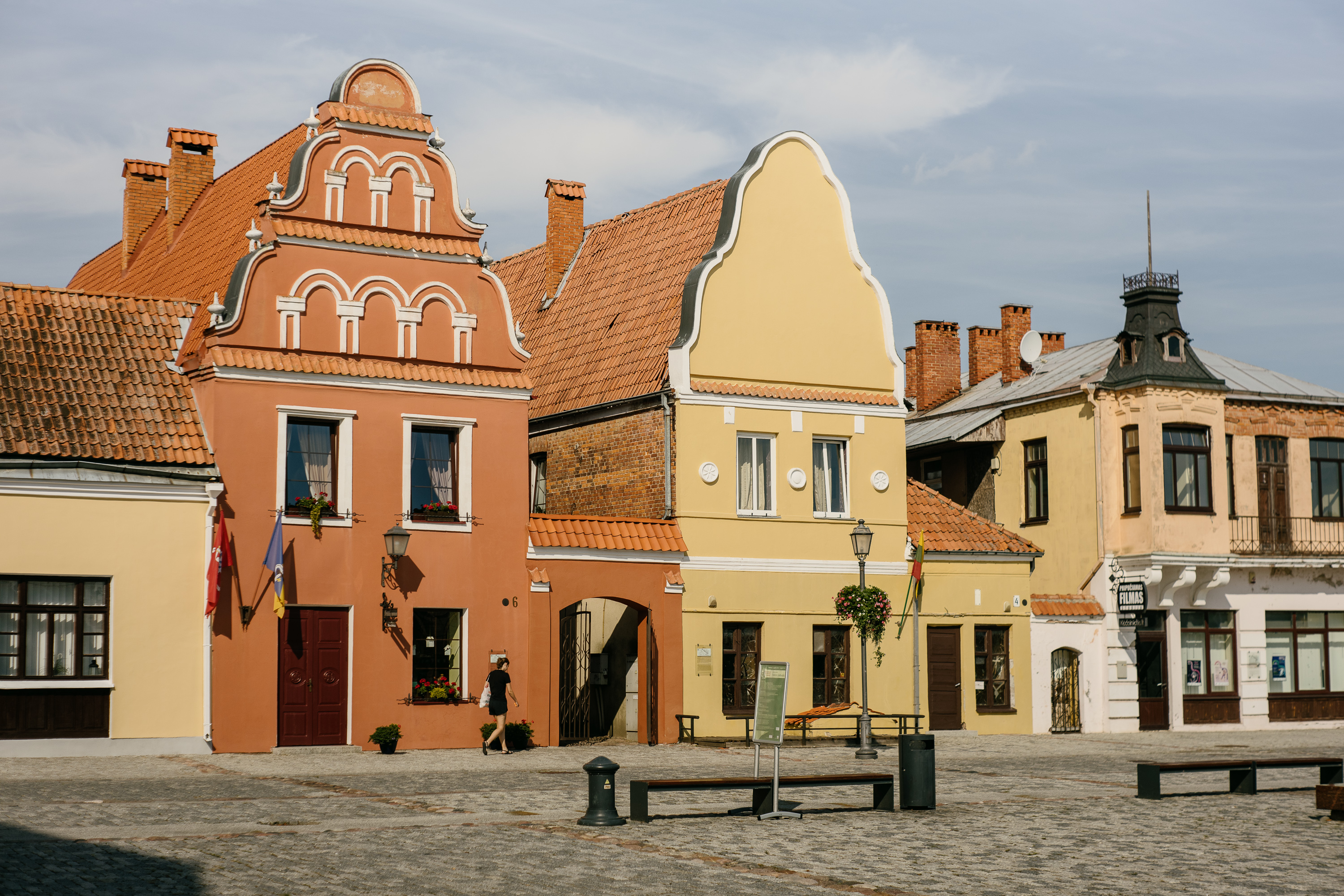

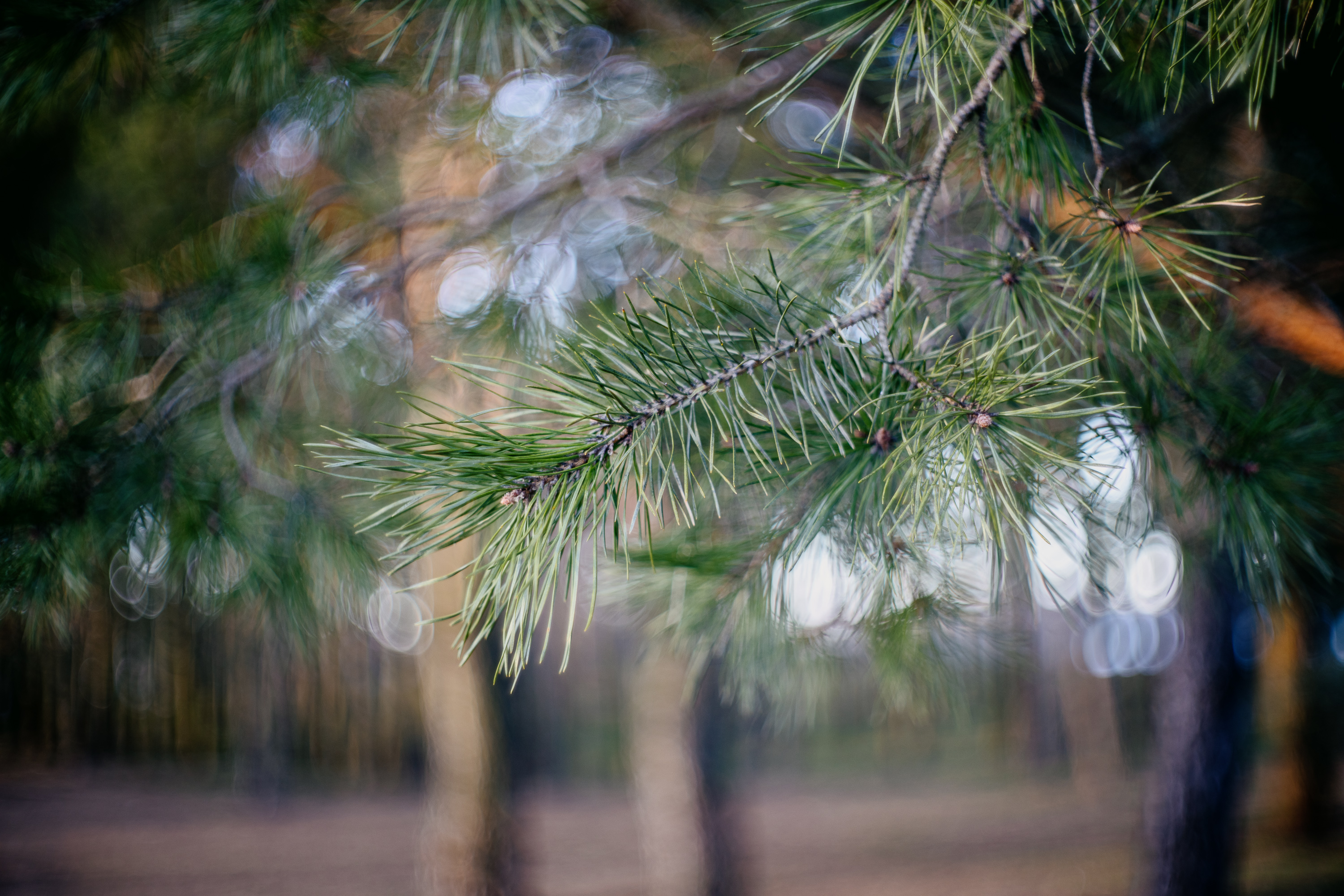

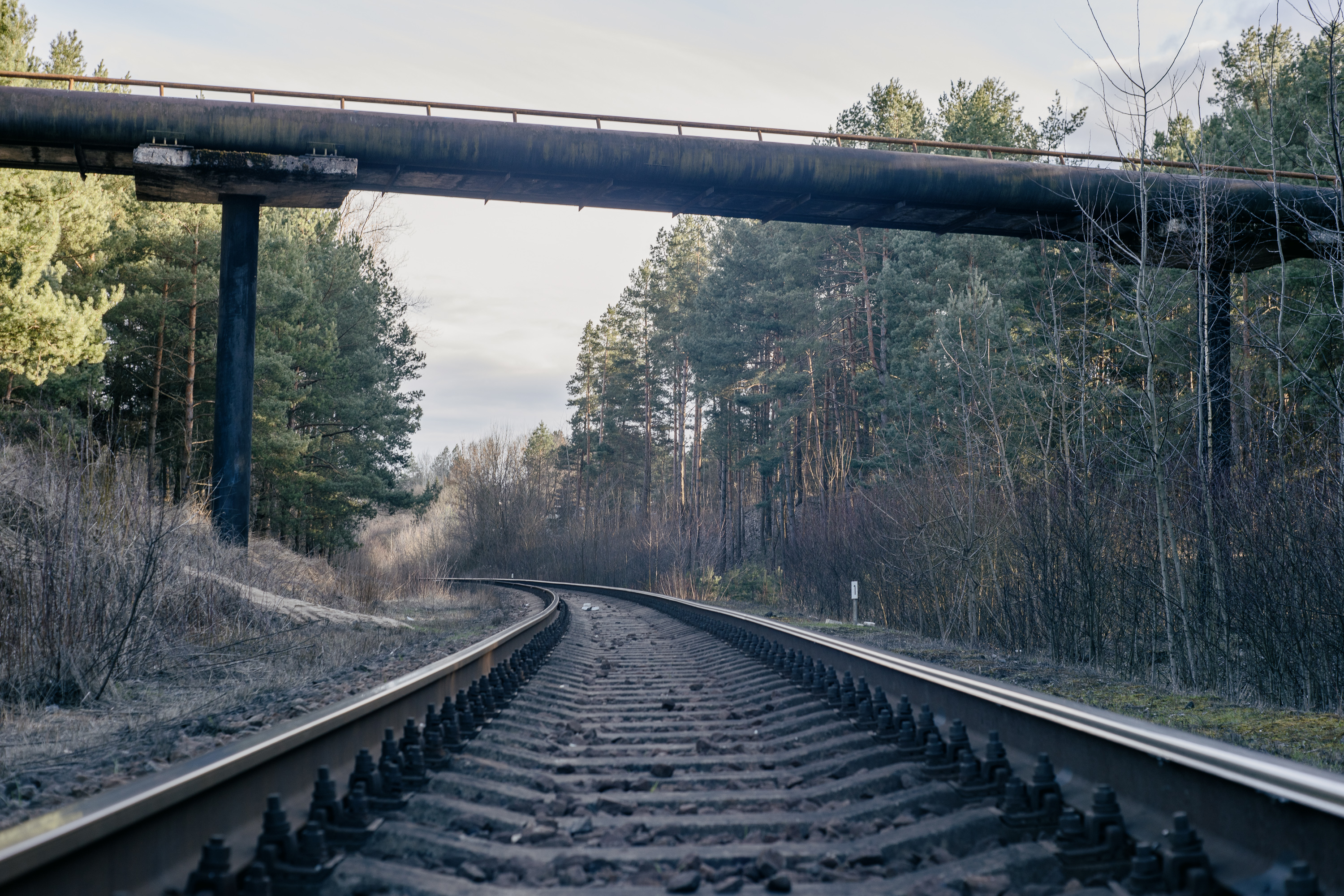
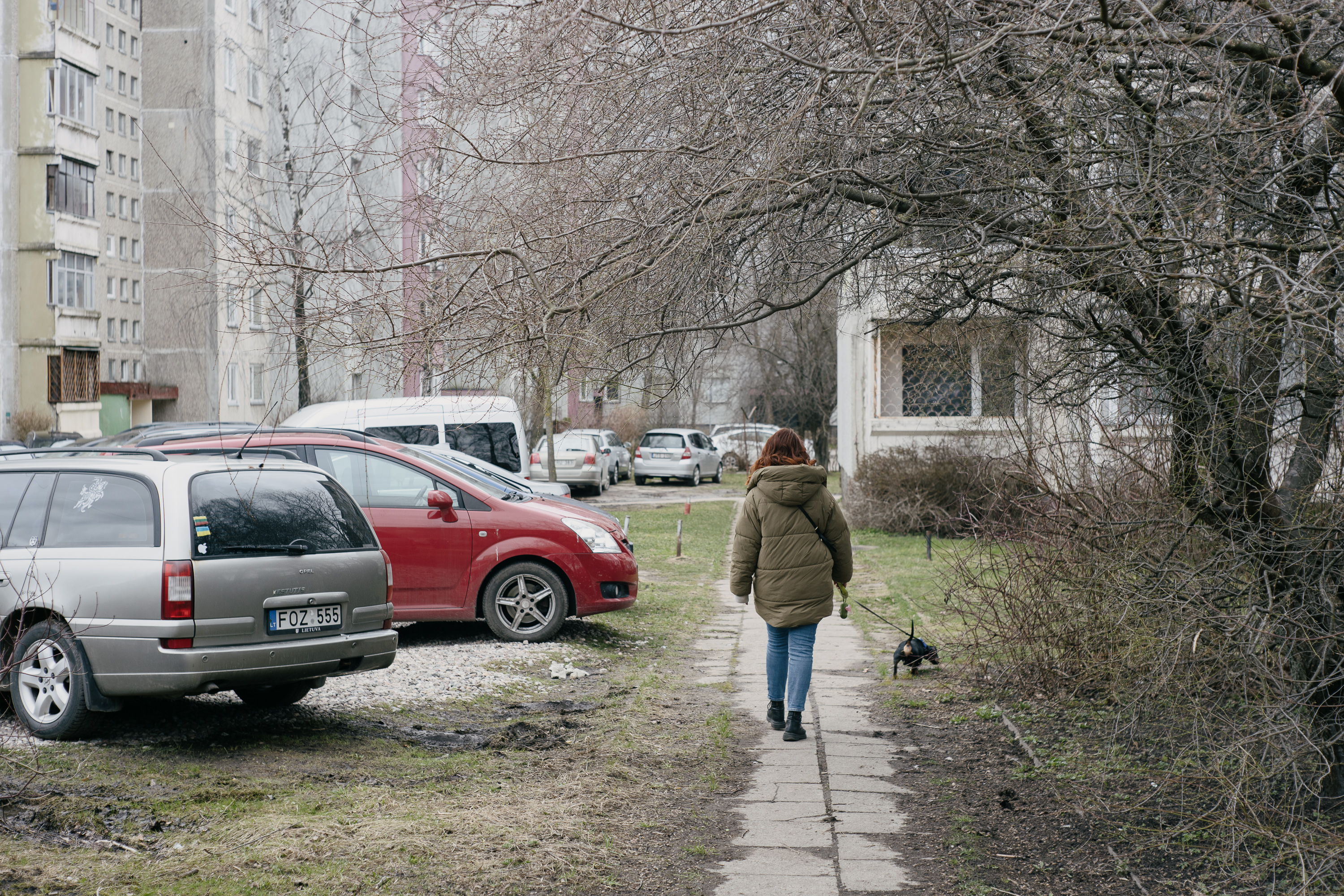
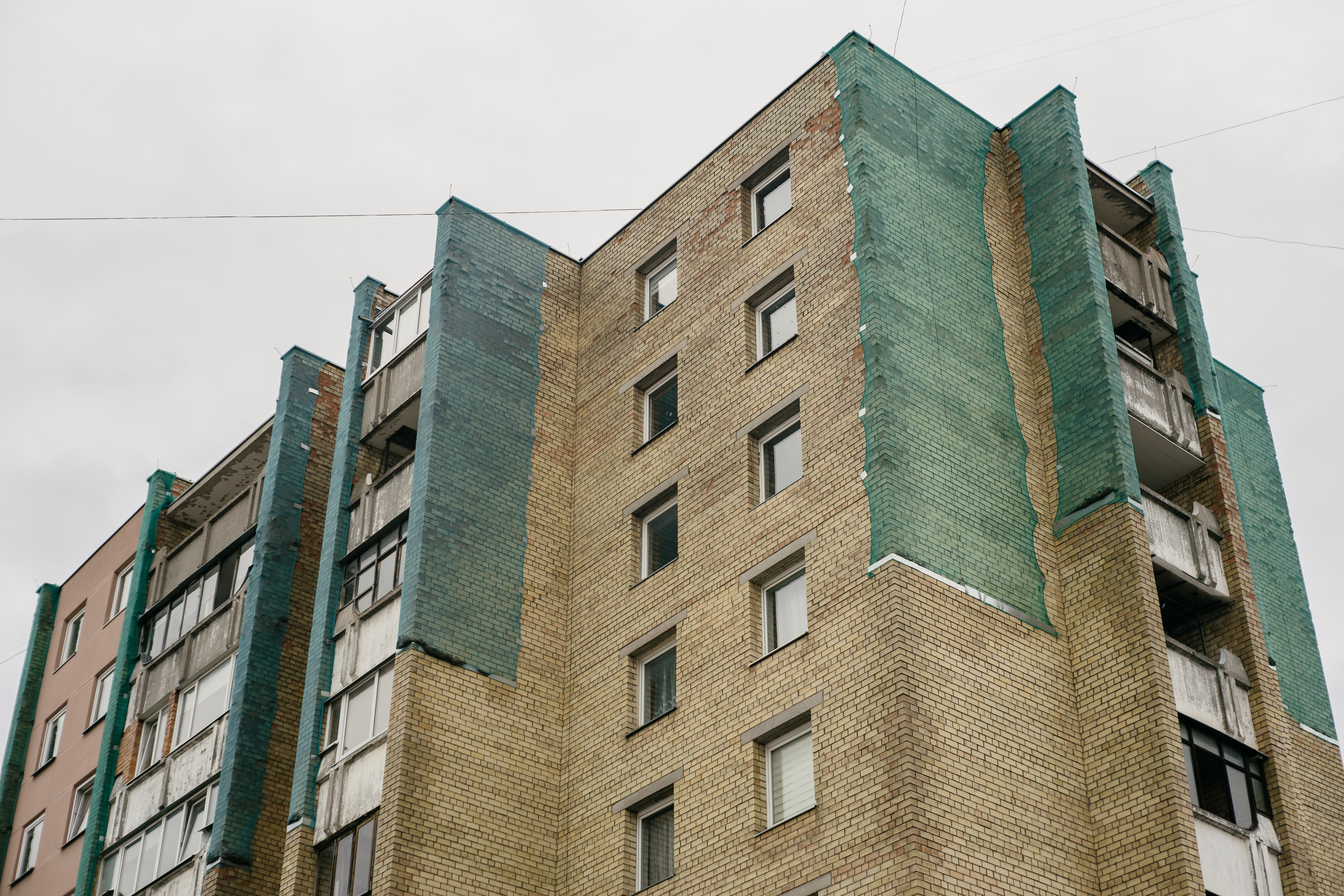

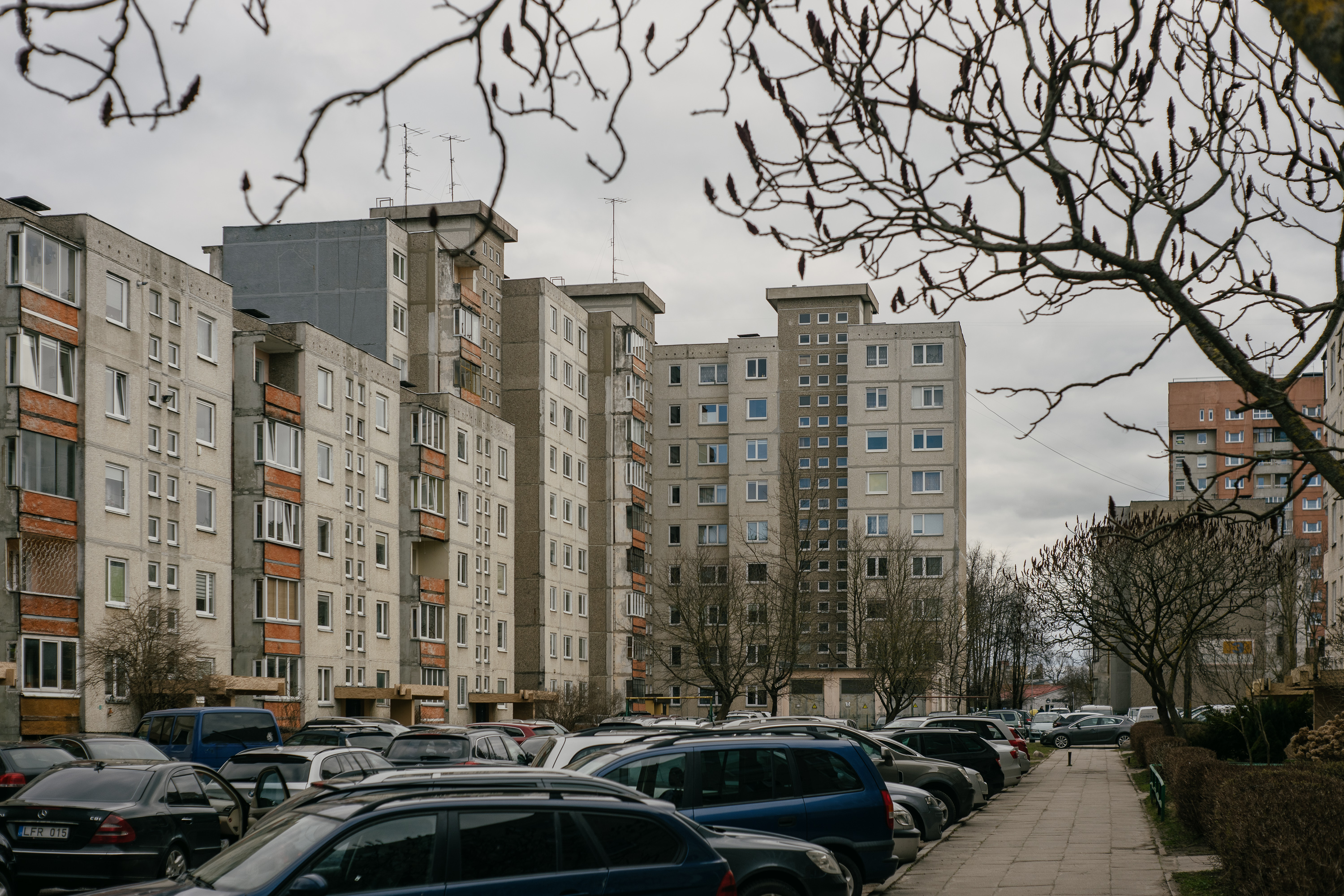

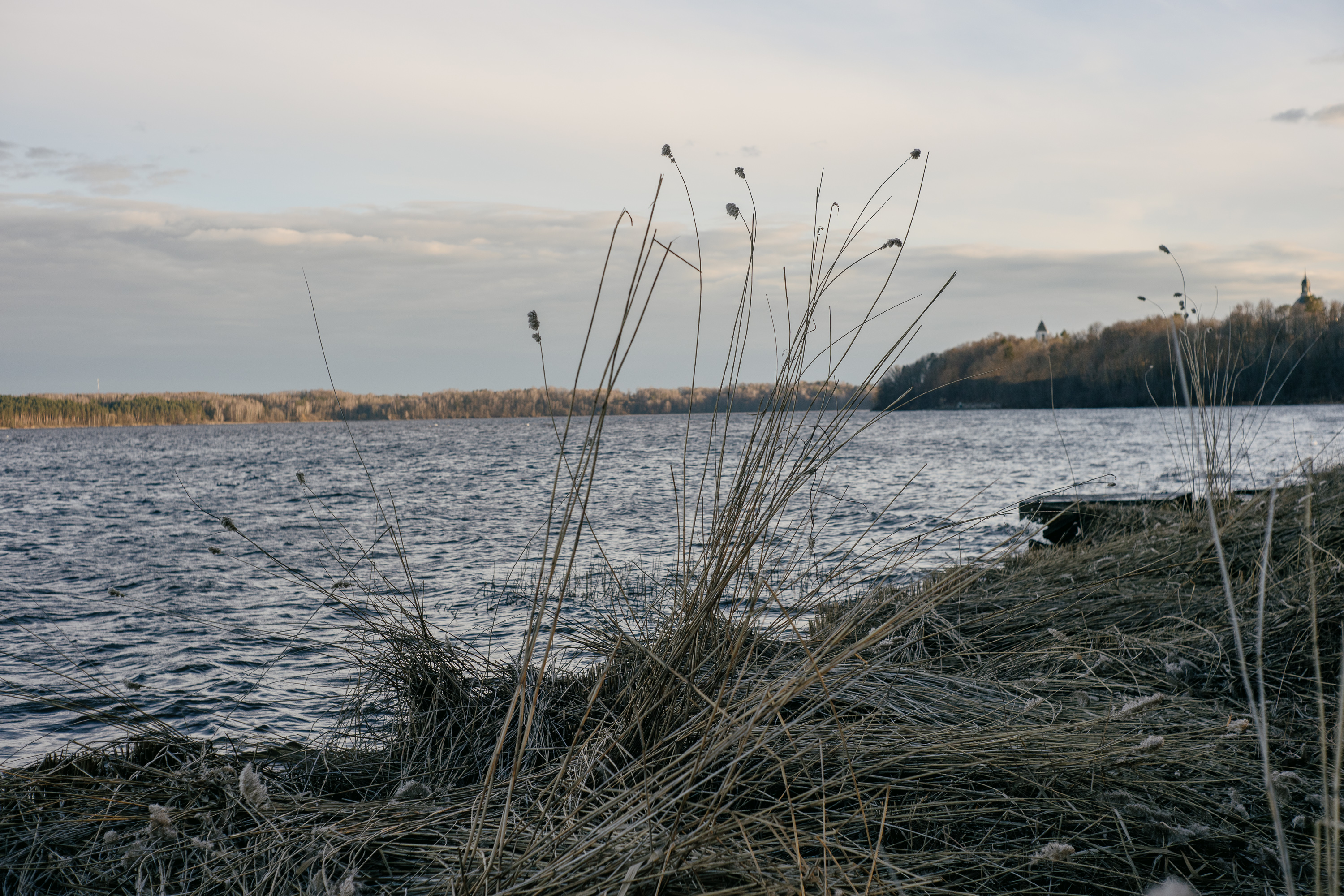
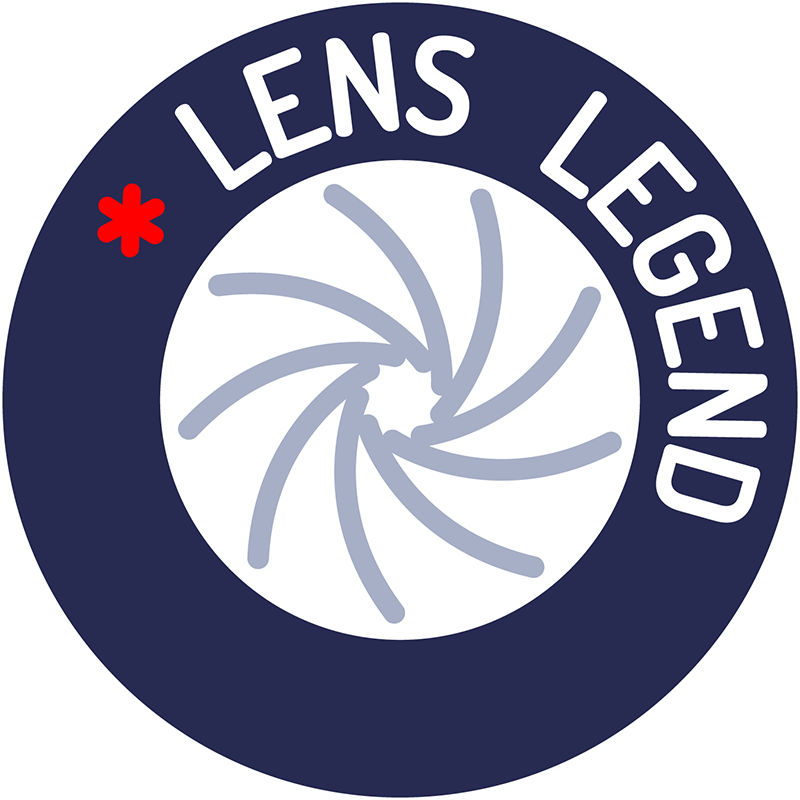

Leave a Reply